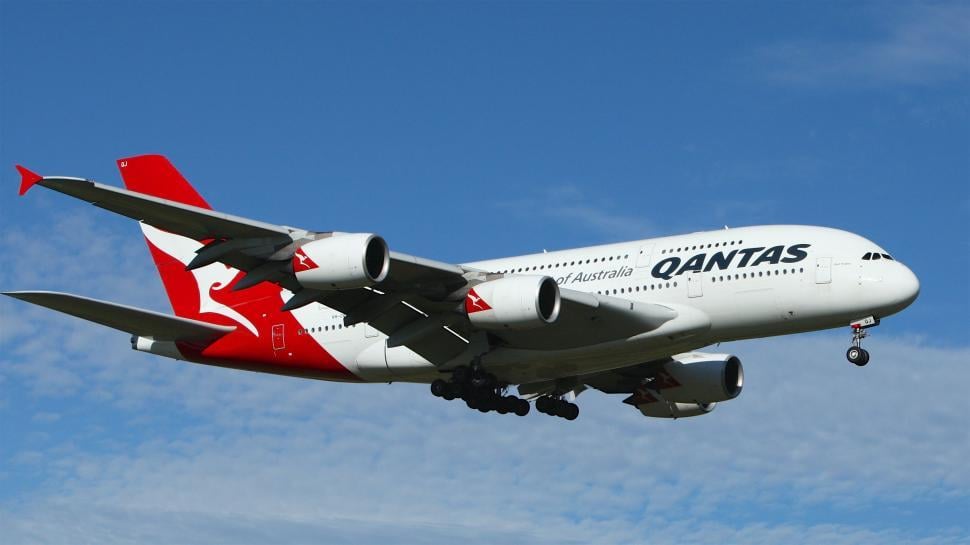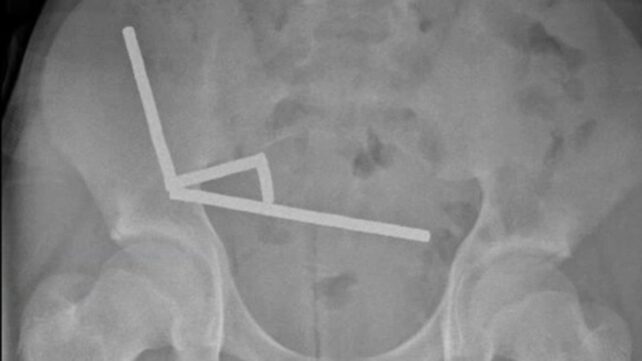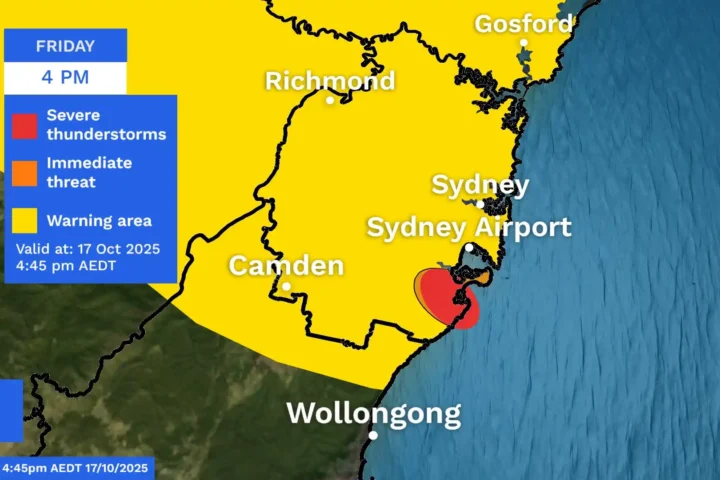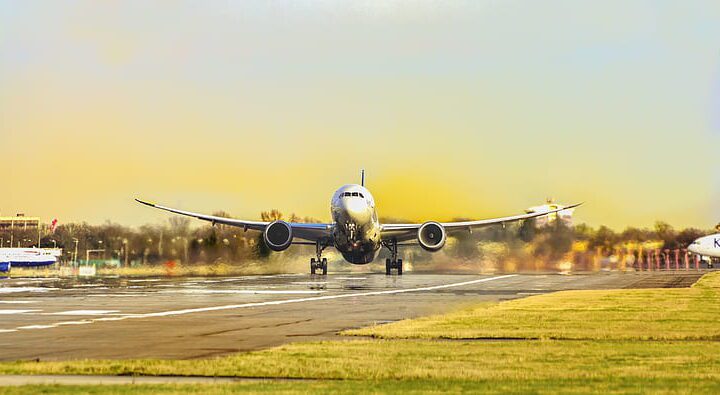In a significant safety shake-up, Qantas has updated its crew health protocols after a severe turbulence incident left one cabin crew member with a broken ankle and another flying with an undiagnosed concussion.
The Australian Transport Safety Bureau (ATSB) released its final report on May 27, 2025, revealing troubling details about the May 2024 incident aboard a Boeing 737 flying from Sydney to Brisbane.
The ATSB investigation found the aircraft hit severe turbulence just one minute after the seatbelt signs were turned on. The pilots had expected only mild turbulence and failed to warn the cabin crew about potential rough conditions.
When the turbulence struck, cabin crew were checking bathrooms and making sure passengers were buckled up. Three of the four crew members were injured in the sudden jolt, with one suffering a fractured ankle that left her unable to move from the galley floor.
Dr. Stuart Godley, ATSB Director Transport Safety, highlighted a sobering fact: “Data shows that almost 80% of serious turbulence-related injuries in airline operations are sustained by cabin crew, and the most common time for these to occur is when preparing the cabin for landing.”
Similar Posts
The investigation uncovered a critical communication breakdown that worsened the situation. Despite the customer service manager telling the captain about the injured crew member and unrestrained passengers, the captain didn’t recall receiving requests for more time to prepare the cabin.
“Differing understandings of the state of the cabin increases the risk of delayed responses or misaligned decision-making, which may lead to safety being compromised,” Dr. Godley explained.
Four people – two cabin crew and two passengers (an off-duty crew member and a doctor) – remained unrestrained in the rear galley during landing while helping the injured crew member. This created extra safety risks during the critical landing phase.
Perhaps most concerning was what happened after landing. While an ambulance met the crew member with the broken ankle, the other two injured crew received no immediate medical check. This oversight led to a dangerous situation: one crew member worked on multiple later flights while unknowingly suffering from concussion symptoms. The other later sought treatment for a facial injury they had self-diagnosed the day after the incident.
In response to these findings, Qantas has updated its notification protocols to require immediate consultation with Qantas’s on-call doctor whenever cabin crew suffer significant injuries or illness. The airline has also implemented new mandatory fitness assessments for all crew members following turbulence events, especially when severe or resulting in injuries.
“Following an internal investigation, we promptly expanded our Group-wide medical escalation and post-incident medical assessment processes, ensuring all crew onboard a flight are assessed following an incident, regardless of visible impact,” Qantas stated.
The incident highlights ongoing challenges in aviation safety, particularly regarding turbulence management and crew coordination. Good communication between pilots and cabin crew is essential to ensure tasks are completed safely during turbulence.

The ATSB considers Qantas’s changes adequate to address the safety issues identified in their investigation, particularly the critical gap that allowed injured crew to continue working without proper medical clearance.
As air turbulence continues to pose significant safety challenges for airlines worldwide, this incident serves as a powerful reminder of the importance of clear communication and thorough medical assessments for all crew members – not just those with obvious injuries.

















